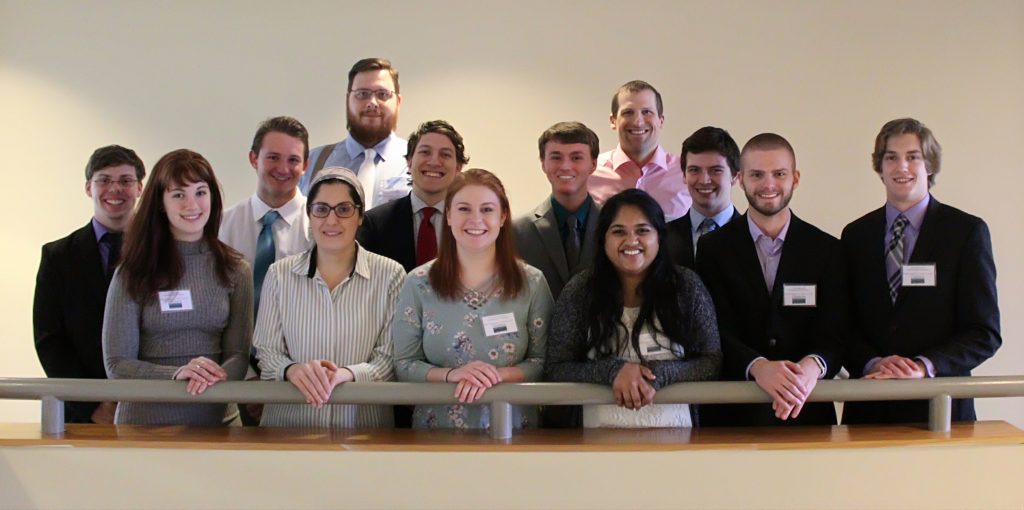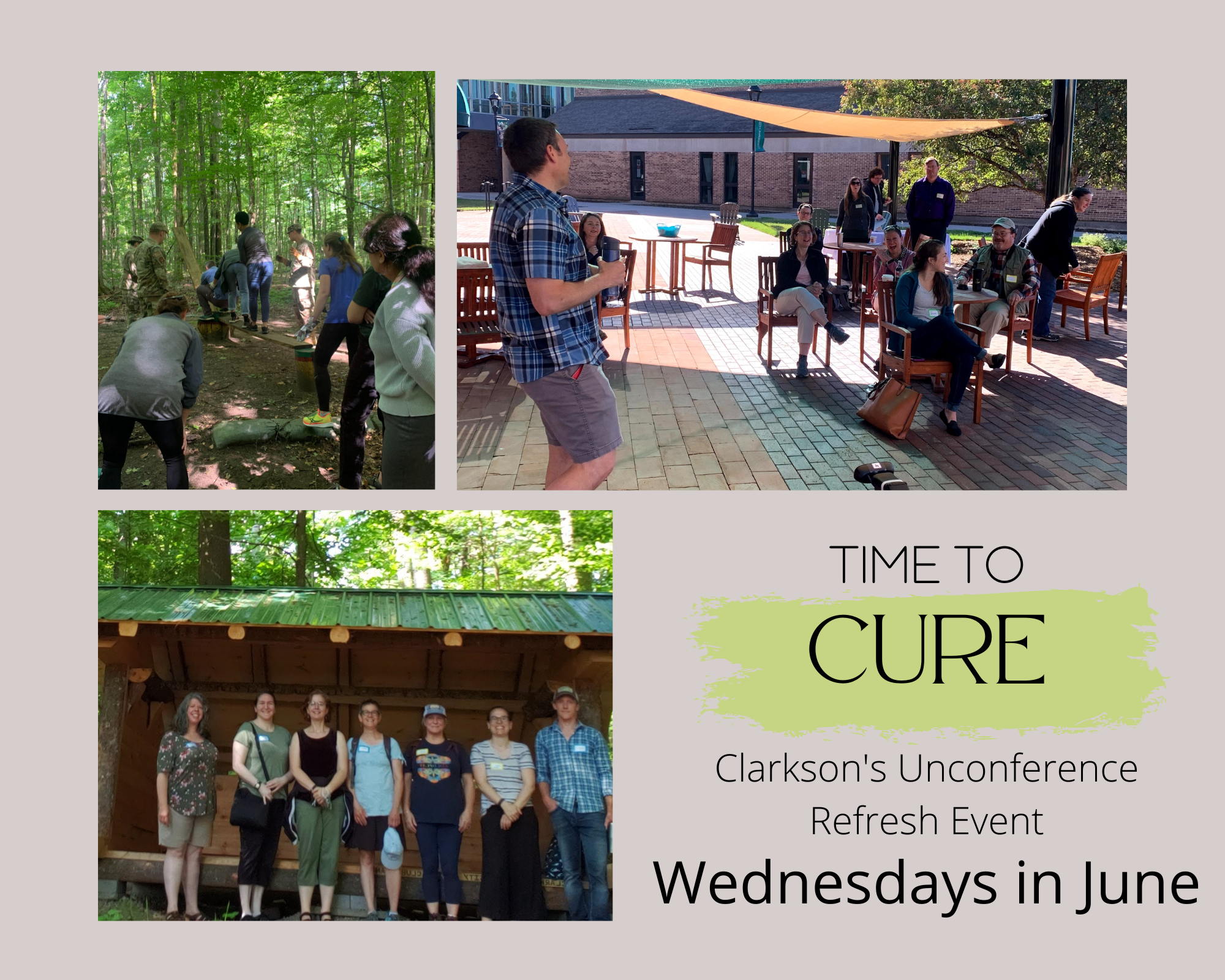Clarkson University’s Assistant Professor of Chemistry and Biomolecular Science, Dr. Mario Wriedt, was recently published in Chemistry of Materials, a leading journal in the American Chemistry Society. Wriedt group members contributing to this work include his former student Dr. Darpandeep Aulakh, Ph.D. candidate Juby Varghese, and undergraduate researchers Veronica Bagundes and Kyle Duell.

Wriedt’s article, titled “Rational Design of Pore Size and Functionality in a Series of Isoreticular Zwitterionic Metal-Organic Frameworks,” details the design, synthesis and characterization of novel and advanced crystalline porous materials that he and his team focus on at Clarkson.
“My group works on Metal-Organic Frameworks (MOFs) which are composed of metal clusters or ions and organic linkers forming porous multi-dimensional networks. We carved a niche for ourselves by incorporating unique linkers into our framework to create charged organic surfaces throughout our material,” Wriedt said. “These charged or electrostatic surfaces make our materials suitable for a wide variety of applications involving selective guest capture, storage and release.”
Wriedt said what sets his work apart is that he has combined charged polarized surfaces with the ability to change the pore size of the MOFs on a molecular level, which has never been done before.
“We are able to rationally design this type of framework from the building blocks,” he said. “We had a starting point and from there we were able to extend the size of the network by systematically changing the length of the linker which ultimately increases the pore size. We can tune our materials on a molecular level, and that is the novelty of this work.”
According to Wriedt, future applications of this work include carbon capture, methane or hydrogen storage, or any other small molecule storage or separation.
“We are very excited about this work and the impact it will have in the MOF community and the field of porous materials in terms of access to new and fine-tuned materials,” Wriedt said.
The full article of this work can be read here:


